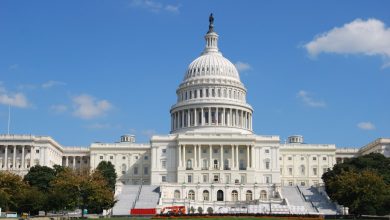Biden Suspends Student Loan Payments For 8 Million Amid Ongoing Legal Challenges In Federal Courts – Financial Freedom Countdown

The Biden administration announced on Monday that it will continue the moratorium on federal student loan repayments while legal challenges against the debt cancellation plan unfold.
Approximately 8 million borrowers enrolled in the administration’s Saving on a Valuable Education (SAVE) plan will not have to make monthly payments for at least another six months.
President Biden’s $475 billion loan forgiveness initiative was temporarily halted by the 8th U.S. Circuit Court of Appeals in St. Louis in July, following earlier rulings from federal judges in Kansas and Missouri, amid a lawsuit brought by seven Republican-led states.
Status of Broader Student Loan Forgiveness
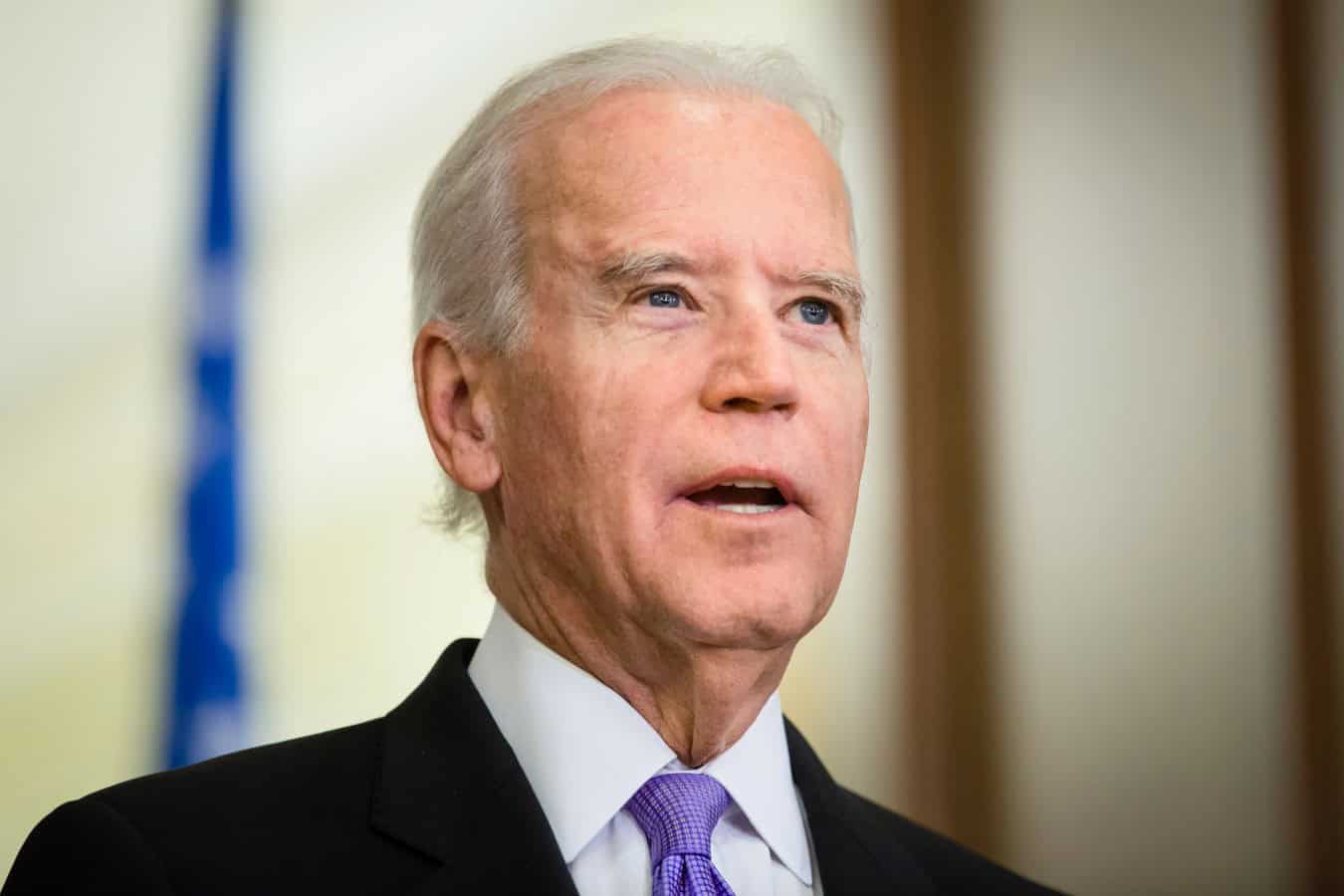
Biden campaigned on a promise to cancel widespread student loan debt, but the Supreme Court blocked his plan last year, which aimed to forgive up to $20,000 for 40 million Americans.
In response, Biden directed his Education Department to pursue a new approach with different legal grounds, but the plan was temporarily halted by a judge in Missouri after being challenged by several Republican-led states, shutting down hopes for progress just as another judge’s pause had expired.
Judge Schelp Had Granted an Injunction Blocking Any Widespread Cancellation

U.S. District Judge Matthew Schelp in Missouri issued an injunction last month preventing any widespread cancellation.
The request for the injunction came from six Republican-led states just hours after a federal judge in Georgia opted not to extend a separate order blocking the plan.
Led by Missouri’s attorney general, the states urged Schelp to act quickly, warning that the Education Department could “illegally mass cancel up to hundreds of billions of dollars in student loans as soon as Monday.”
Seven States Had Filed Suit Against Third Biden-Harris Student Loan Forgiveness Scheme Days After SCOTUS Sides With Missouri
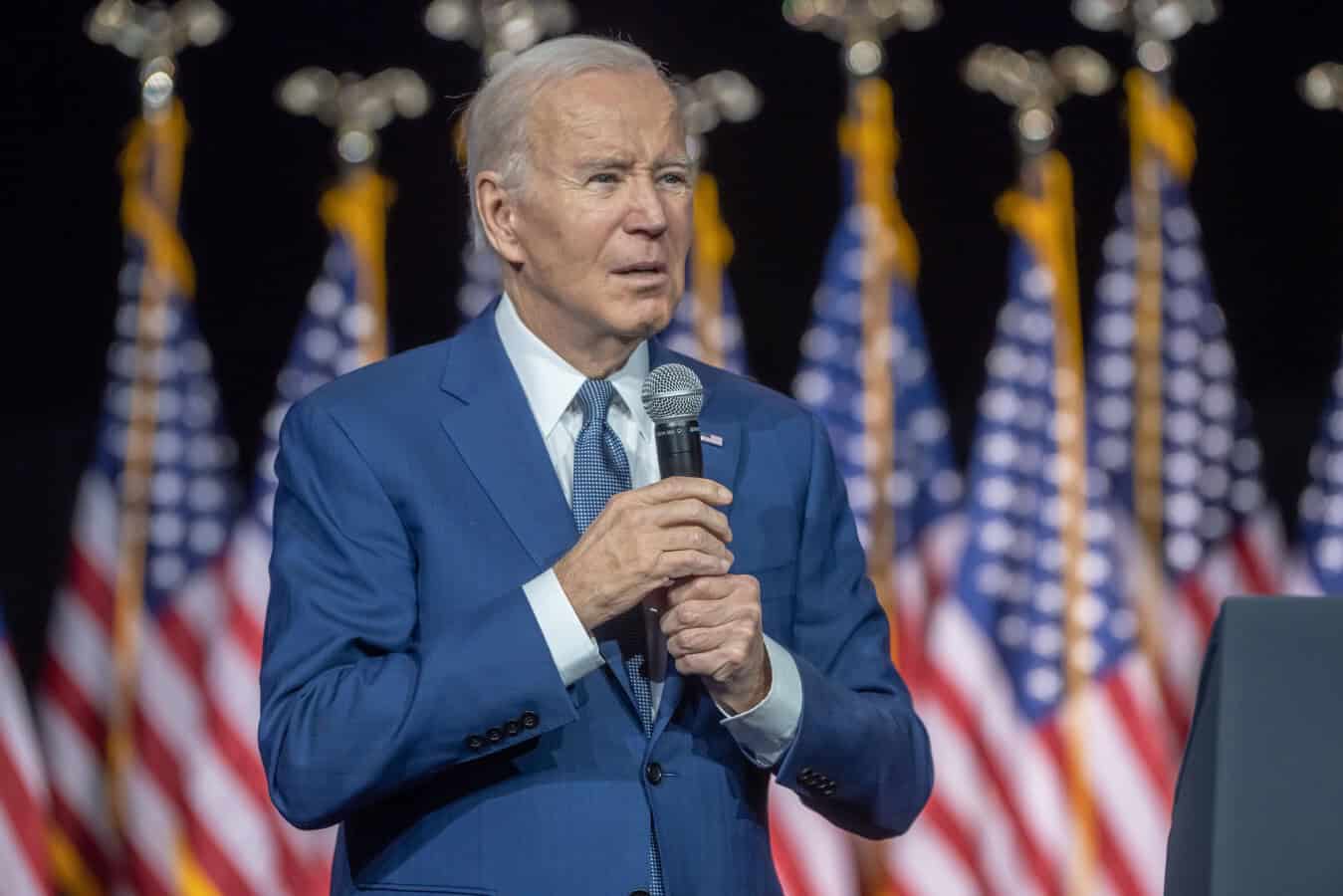
Judge J. Randal Hall had issued a temporary restraining order after Republican state attorneys general filed a lawsuit challenging a rule proposed by the Education Department in April.
The rule would provide full or partial debt relief to certain borrowers, affecting an estimated 30 million people.
Although the rule has not yet been finalized, the state attorneys general claimed they had obtained documents showing the department instructed federal loan servicers to begin canceling loans as soon as this week, which could unlawfully forgive $73 billion in debt overnight.
Led by Missouri, the states argue that the Education Department lacks the authority for such large-scale debt forgiveness. While the administration estimates the policy’s cost at $146.9 billion, the states suggest it could reach into the hundreds of billions.
Judge Hall stated that he “hastily” issued the restraining order to maintain the status quo until a Sept. 18 hearing. This order was again extended for 14 days and was vacated on 3rd October.
This legal action adds to the growing list of challenges against President Joe Biden’s student loan policies and could further delay his most recent attempt to provide debt relief ahead of the November election.
Supreme Court Rejects Biden Administration’s Desperate Appeal to Revive Student Loan Forgiveness Plan
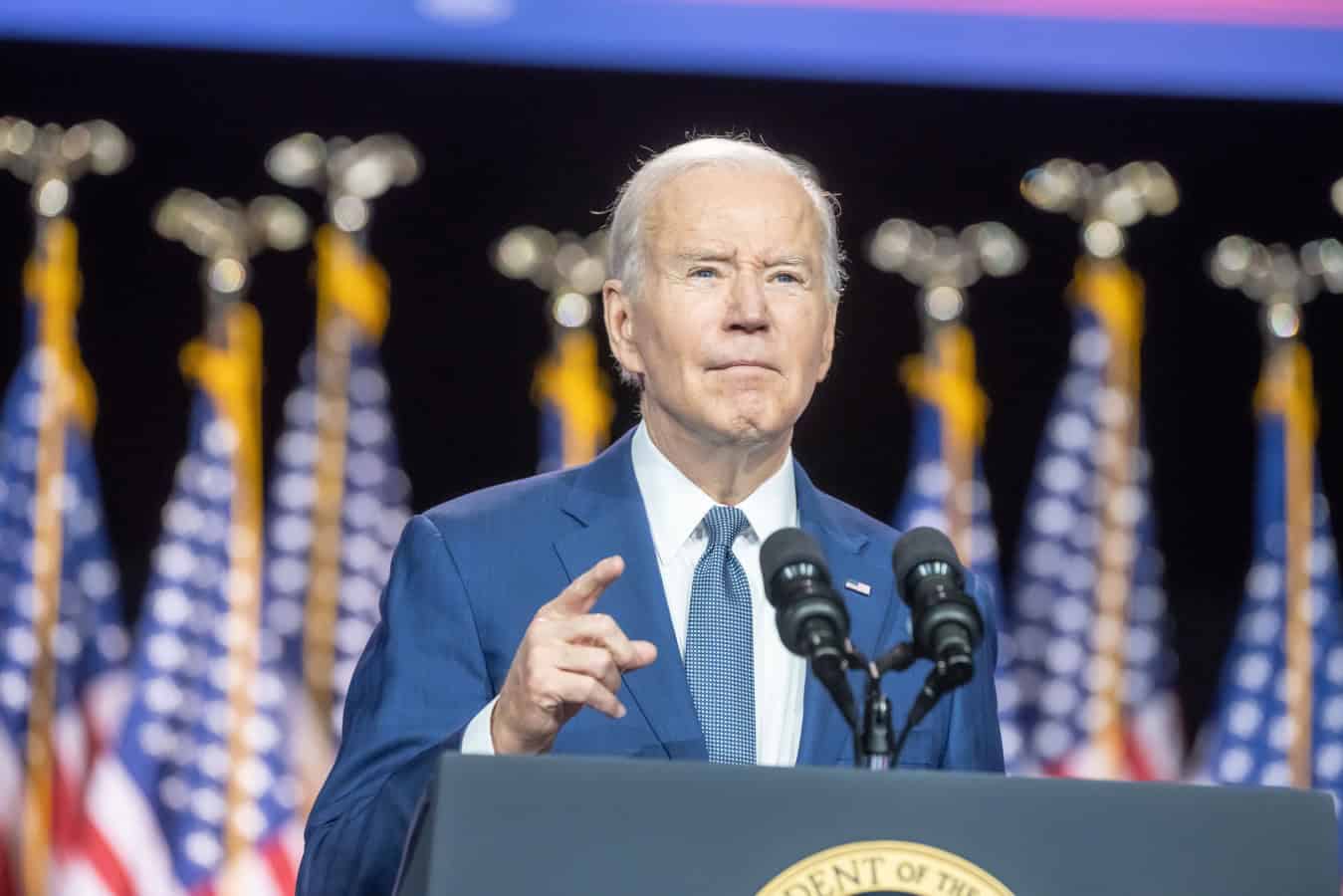
Last month the Supreme Court rejected a Biden administration plea to revive its latest multibillion-dollar student loan forgiveness plan, as lawsuits continue to move through lower courts.
In an unsigned order with no noted dissents, the court urged the appeals court to issue a more detailed ruling on the plan “with appropriate dispatch.”
Two Lower Court Rulings Jeopardize Biden’s Student Loan Forgiveness Plan

Litigation in two separate cases concerning the SAVE (Saving on a Valuable Education) plan jeopardizes one of the Biden administration’s key student loan policies just months before the November election.
The plan was initially blocked in June by U.S. District Judge John Ross in St. Louis, who issued a preliminary injunction preventing the administration from implementing the forgiveness provision of the SAVE plan. The 8th U.S. Circuit Court of Appeals in St. Louis further blocked the entire debt relief plan on August 9, prompting the administration’s emergency appeal to the Supreme Court.
Meanwhile, a separate challenge by another group of Republican-led states is pending in the 10th U.S. Circuit Court of Appeals in Denver.
This marks the second emergency appeal regarding the SAVE Plan submitted to the Supreme Court this summer. Last month, three other Republican-led states asked the court to maintain a partial block on the plan as their lawsuit proceeds in lower courts.
Missouri Attorney General Issues Statement
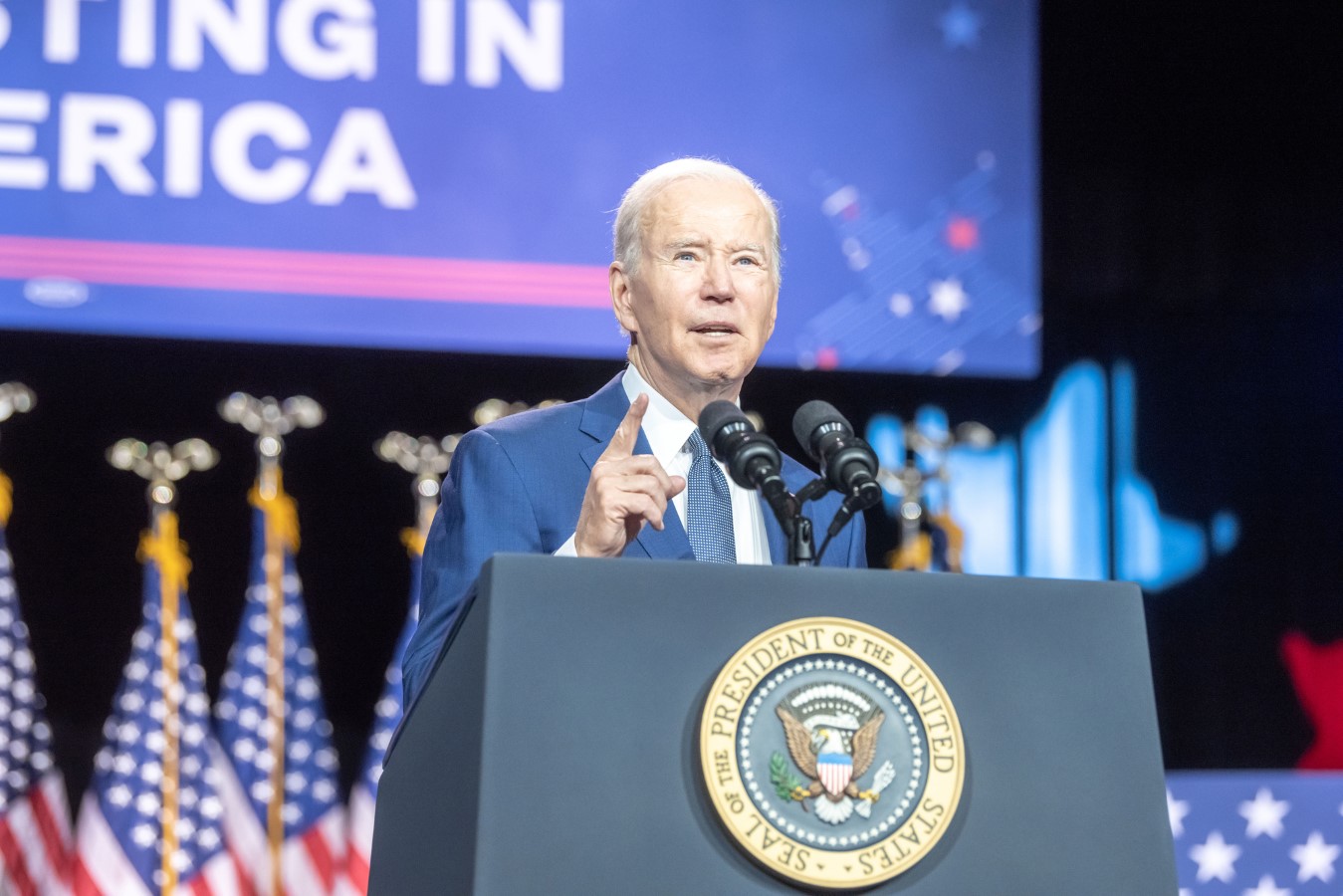
The lawsuit alleges that the plaintiffs have obtained documents revealing the Department of Education’s intent to begin offering student debt relief as early as this week, in violation of a statute that prohibits the education secretary from implementing a rule less than 60 days after its publication.
“We successfully halted their first two illegal student loan cancellation schemes; I have no doubt we will secure yet another win to block the third one,” Missouri Attorney General Andrew Bailey, who is leading the lawsuit, said in a statement.
“The Biden-Harris Administration is dedicated to saddling working Americans with Ivy League debt, even if they have to break the law to do it. Our latest lawsuit challenges their third and weakest attempt to mass-cancel student loans in the dark of night without letting Congress – or the public – know about it. That’s illegal,” said Attorney General Bailey. “We successfully halted their first two illegal student loan cancellation schemes; I have no doubt we will secure yet another win to block the third one. They may be throwing spaghetti at the wall to see what sticks, but my office is meeting them every step of the way.”
In the suit, the States assert, “Through compulsory process at the end of August, the States have just obtained documents proving that the Secretary [of Education] is implementing this plan without publication and has been planning to do so since May. The Secretary of Education (1) is unlawfully trying to mass cancel hundreds of billions of dollars of loans, and (2) has quietly instructed federal contractors to ‘immediately’ begin cancellation as early as September 3, 2024 (but possibly beginning on September 7).”
“The actual cost of the Third Mass Cancellation Rule is thus the $146.9 billion estimated by the Department plus much of the $475 billion cost of the SAVE Plan,” the States note. “This is the third time the Secretary has unlawfully tried to mass cancel hundreds of billions of dollars in loans. Courts stopped him the first two times, when he tried to do so openly. So now he is trying to do so through cloak and dagger.”
After yesterday’s ruling, Missouri Attorney General Andrew Bailey said in a statement. “This is yet another win for the American people. The Court rightfully recognized Joe Biden and Kamala Harris cannot saddle working Americans with Ivy League debt.”
Lawsuits Against Student Loan Forgiveness Plan

In late March, 11 Republican-led states filed a lawsuit against the Biden administration’s student loan debt forgiveness plan,
The SAVE plan emerged after the Supreme Court last year rejected a broader debt relief effort by the Biden administration under its pandemic-era plan, which aimed to erase up to $20,000 in student debt for about 43 million borrowers.
Kansas Judge Halting Final Phase on SAVE Program
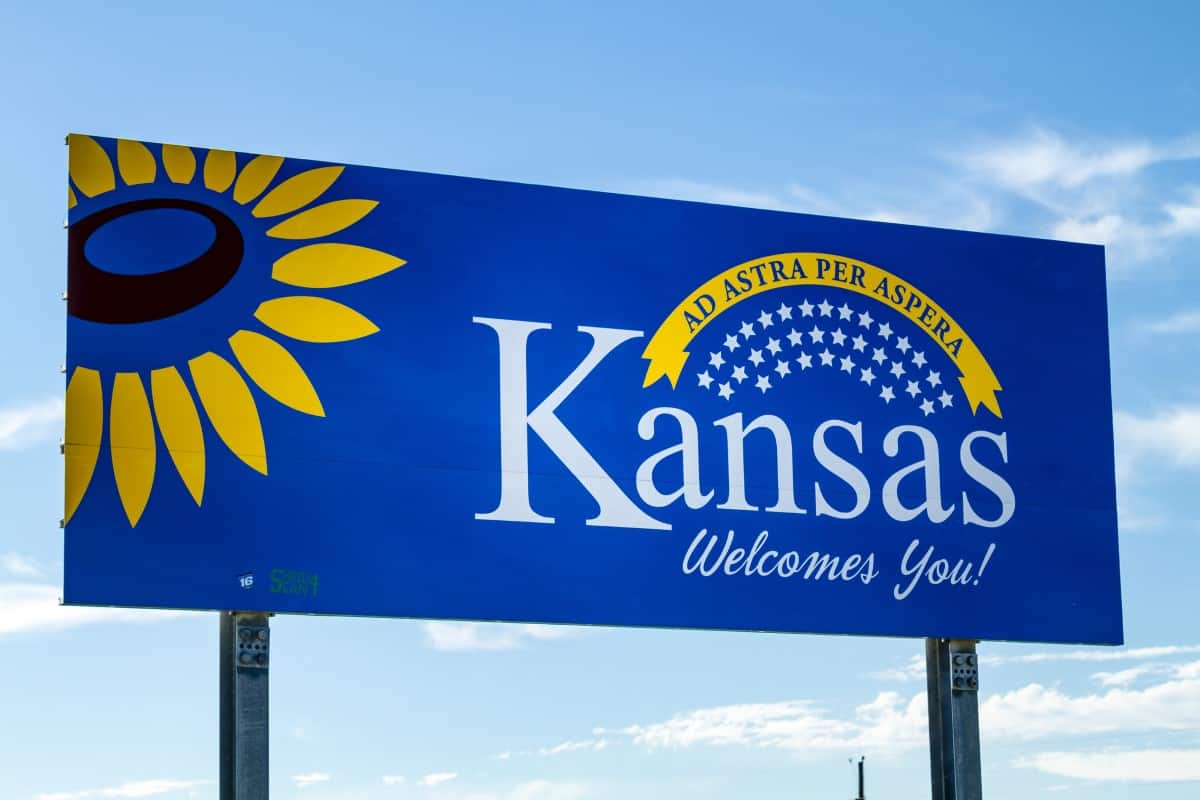
In Kansas, U.S. District Judge Daniel D. Crabtree halted the Biden administration from implementing the final phase of the Saving on a Valuable Education program, known as SAVE. Undergraduate borrowers were poised to see their payments reduced by half starting in July—from 10 percent to 5 percent of income above 225 percent of the federal poverty line. Similarly, borrowers with graduate loans would have experienced reduced payments based on a weighted average between 5 percent and 10 percent. This aspect of the program, launched in October, will remain on hold pending litigation.
Judge Crabtree, appointed by President Barack Obama, criticized the Education Department for not clearly demonstrating that Congress authorized the repayment plan initiated by the Biden administration in 2023. He emphasized the program’s significant economic impact, estimated at $230 billion over the next decade by the Congressional Budget Office, as necessitating congressional oversight.
The ruling follows Crabtree’s recent assessment that eight of the 11 states challenging the repayment plan failed to adequately prove how they would be adversely affected. He singled out Alaska, Texas, and South Carolina as states that successfully argued the plan could harm their tax revenue. Conversely, he dismissed arguments from Kansas, Idaho, Alabama, Louisiana, Montana, Utah, Nebraska, and Idaho.
Separate Ruling Against Biden Loan Forgiveness in Missouri

In a separate ruling in Missouri, U.S. District Judge John A. Ross barred the Education Department from forgiving additional loans under the SAVE plan. This decision marks a victory for Missouri Attorney General Andrew Bailey, who led a coalition of six states in April to challenge the program.
Bailey argued that the Missouri Higher Education Loan Authority, a quasi-state agency servicing federal student loans and funding state scholarships, loses revenue when Direct Loans—those owned by the federal government—are forgiven. This argument echoed claims in the lawsuit that dismantled Biden’s debt relief plan and contributed to advancing this lawsuit, bolstering the case to halt further debt relief under the program.
Ross, also appointed by President Obama, questioned whether Congress envisioned such a comprehensive loan repayment plan as the one created by the Biden administration in 2023, indicating potential jeopardy for the SAVE plan’s future.
Joe Biden has faced criticism from Republicans who accuse him of shifting the burden to taxpayers and undermining the Supreme Court, which blocked the White House’s student loan forgiveness plan last year.
Missouri State Attorney General Applauds Ruling

Missouri State Attorney General Andrew Bailey, representing one of the seven states that brought the lawsuit said, “By attempting to saddle working Missourians with Ivy League debt, Joe Biden is undermining our constitutional structure, Only Congress has the power of the purse, not the President. Today’s ruling was a huge win for the rule of law, and for every American who Joe Biden was about to force to pay off someone else’s debt.”
Arkansas State Attorney General Voices Support

Arkansas Attorney General Tim Griffin said: “With Independence Day fast approaching, another court has reminded President Biden that he is not a king. He can’t go around Congress and unilaterally cancel student loans. He should have learned that from Schoolhouse Rock!”
The other states involved in the lawsuit include Florida, Georgia, North Dakota, Ohio, and Oklahoma.
Monthly Student Loan Forgiveness Announcements
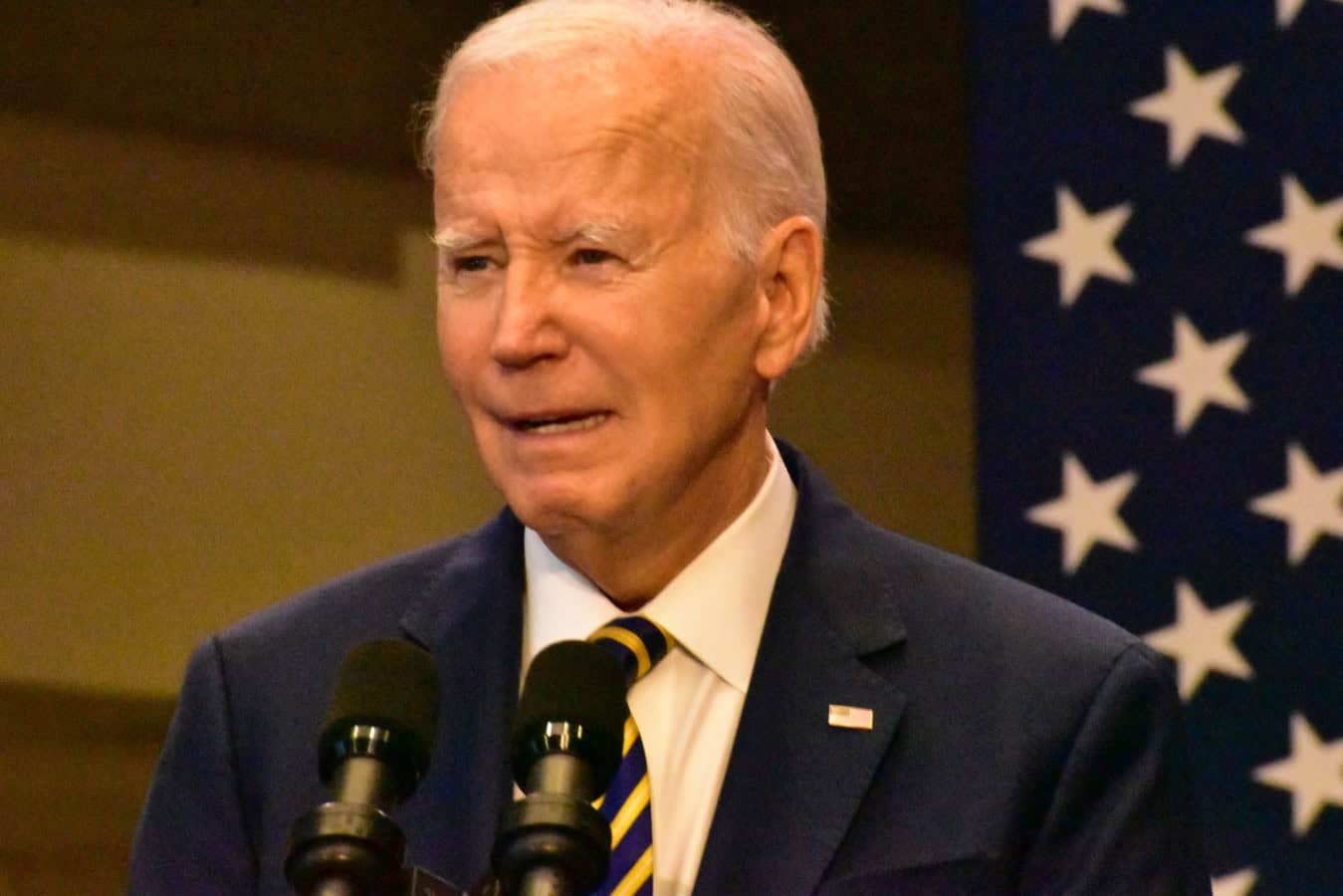
With the November election approaching, the administration has been keen to highlight its progress in debt cancellation programs, making similar announcements almost monthly.
In April, the administration announced another round of cancellations totaling $7.4 billion for 277,000 borrowers.
On May 1st, the Biden administration has announced the cancellation of $6.1 billion in student loans for 317,000 borrowers who attended The Art Institutes.
On 22nd May, the cancellation of an additional $7.7 billion in student loans was announced.
$167 Billion in Loans Forgiven So Far

Including the latest forgiveness action, the administration has now cancelled over $167 billion in debt for almost 4.7 million borrowers which amounts to 10% of all outstanding student loan debt and an average of $34,783 per student.
Biden Plans To Offer More Student Loan Forgiveness
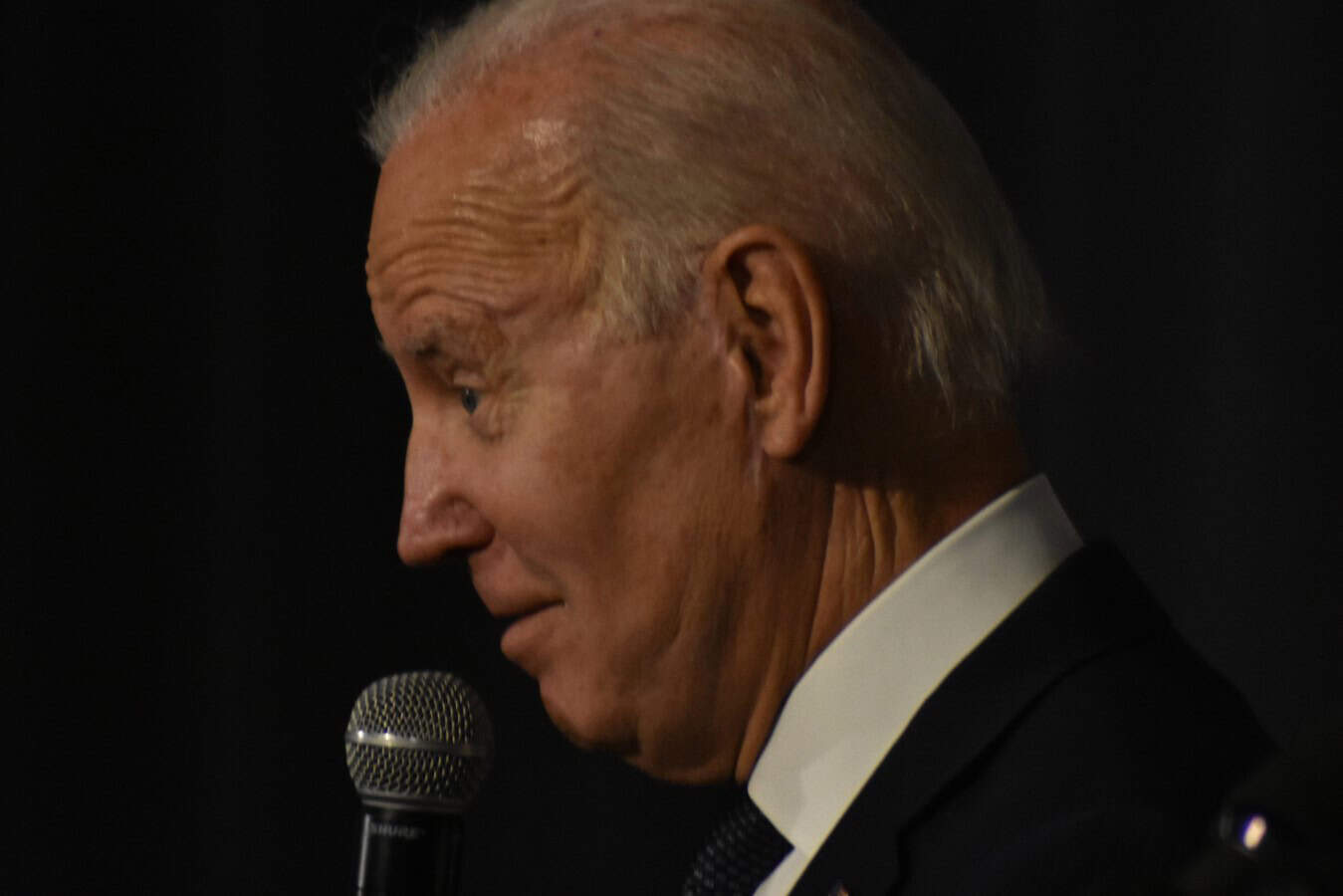
The Biden Administration introduced broader student debt relief proposals set to take effect this fall impacting 30 million borrowers.
Biden’s recent proposal for student loan forgiveness is advancing as a proposed regulation, presenting him with a renewed opportunity to rally young voters for the upcoming November election.
The Education Department had filed paperwork for the new regulation on April 16th, 2024 kickstarting the 30-day public comment period which ended on Friday, May 17th 2024.
The Department of Education spent a few weeks reviewing the feedback and would publish a final ruling. Biden’s plan would use the 1960s-era Higher Education Act to offer forgiveness to several categories of borrowers, marking a significant step towards implementing the announced loan cancellation sidestepping Congress following the Supreme Court’s rejection of the administration’s initial proposal last year.
Biden’s New Student Loan Forgiveness Plan Estimated To Cost $84 Billion, Adding To The Already Massive $475 Billion

A recent analysis by the Penn Wharton Budget Model (PWBM) suggests that Biden’s new student debt relief plan could incur approximately $84 billion in costs if put into action. This amount is in addition to the $475 billion previously estimated for Biden’s prior SAVE plan.
The report states “We estimate that the New Plans will cost $84 billion in addition to the $475 billion that we estimated for President Biden’s SAVE plan, for a total cost of about $559 billion across both plans.”
The New Plans contain 5 main provisions
#1 Waived Accrued and Capitalized Interest

Up to $20,000 in interest will be waived, irrespective of borrower’s income levels. Single individuals earning under $120,000 or couples earning under $240,000 annually are eligible for a complete waiver of all balances exceeding the initial balance under any Income-Driven-repayment (IDR) plan. No application is necessary as automatic relief will be applied.
Estimated cost of $57.75 billion
#2 Forgiving Student Debt For Borrowers In Repayment For 20 Years

Those who began repaying loans on or before July 1, 2005 (or July 1, 2000 for those with graduate debt) will have all undergraduate debt eliminated. No enrollment in IDR plans is necessary for this relief, although other application requirements for borrowers are yet to be clarified.
Estimated cost of $19.07 billion
#3 Automatic Debt Relief

Automatically relieving debt for eligible borrowers not enrolled in specific forgiveness programs. Those who meet forgiveness criteria but aren’t enrolled will benefit from favorable repayment rules, including those of the SAVE plan or closed school discharge. No application is required as automatic relief will be applied.
Costs already included as part of the prior SAVE loan forgiveness.
#4 Assisting Borrowers From Low Value Programs or Institutions

Debt relief will be extended to those who accrued debt from programs or institutions that did not provide “sufficient value” in terms of post-graduation earnings.
Not enough details have been provided by the administration to calculate the cost.
#5 Loan Repayment Hardships

Relief will be tailored to each borrower’s situation, though whether it will cover partial or full debt is unspecified. The department’s hardship proposal aims to provide loan cancellation to borrowers facing a high risk of loan default. Additional details are pending on this proposal.
Breakdown of the Budget Cost Estimates

The Penn Wharton Budget Model breaks down the budgetary impact of each of the 5 provisions including the number of individuals benefitting along with their average household income.
One of the biggest criticisms of the New Plan is the benefit provided for about 750,000 households making over $312,000 in average household income.
Ranking Member Cassidy Slams Biden’s Backup Student Loan Scheme
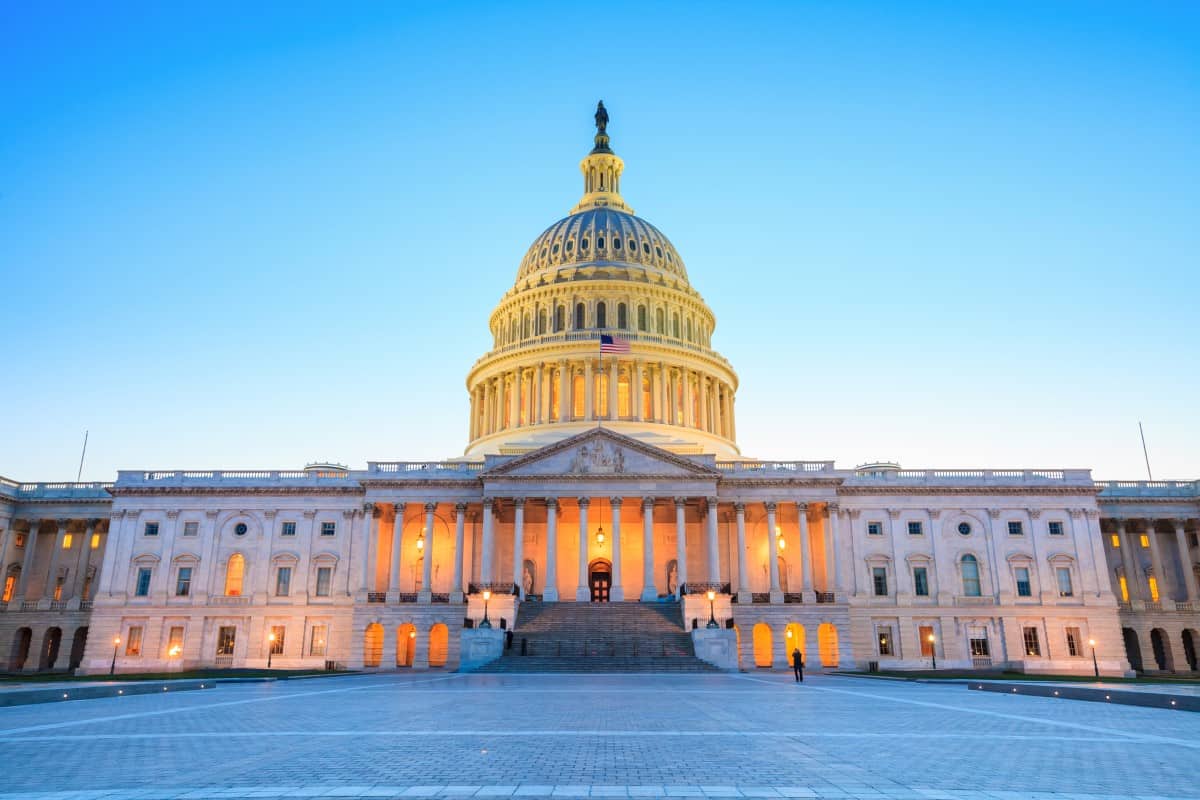
Sen. Bill Cassidy, R-La., the ranking member of the Senate Health, Education, Labor and Pensions Committee said, “The Supreme Court already ruled the Biden administration doesn’t have the authority to unilaterally take student debt from those who willingly took it on and transfer it to taxpayers who chose not to go to college or already worked to pay their loans off. Now, the Department of Education is completely rewriting the Higher Education Act piece by piece to resurrect this unconstitutional student loan scheme. Where is the relief for the guy who didn’t go to college but is working to pay off the loan on the truck he takes to work? What about the woman who paid off her student loans, but is now struggling to afford her mortgage? Instead, the Biden administration is sticking these Americans with the bill of someone else’s student debt.”
Public Opinion Does Not Favor Biden On Student Loan Debt

A new poll from the University of Chicago Harris School of Public Policy and The Associated Press-NORC Center for Public Affairs Research reveals that three in ten U.S. adults approve of how President Biden has handled student loan debt, while four in ten disapprove, with the remaining respondents either neutral or uncertain.
The outlook is similarly bleak among those with unpaid student loans, whether for themselves or a family member.
Court Challenges Ahead
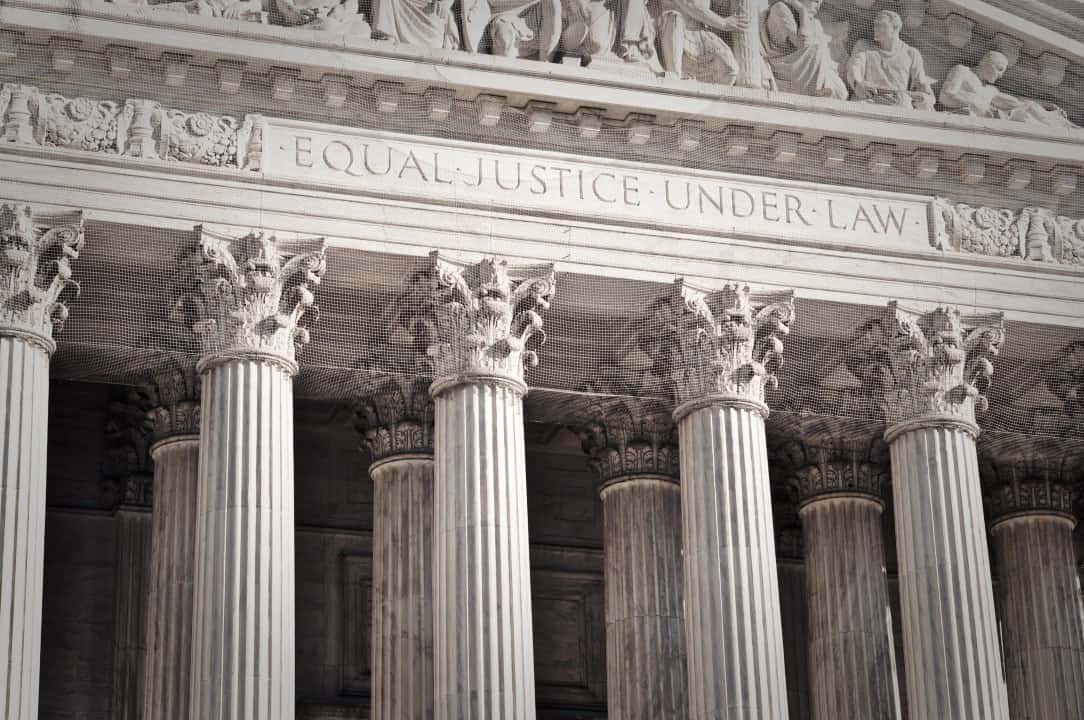
The U.S. Supreme Court struck down a student loan cancellation proposal last year. The court determined that the post-9/11 HEROES Act, which permits the federal government to waive student loans during emergencies, was not designed to provide universal loan forgiveness.
Utilizing a different legal basis, Biden Administration’s new proposal aims to forgive loans for over 25 million Americans. Opponents view it as unjust burden for taxpayers and have vowed to contest it legally.
Biden-Harris Administration Using Various Strategies Weeks Before Elections

The Biden administration has consistently canceled student loans using a variety of existing programs while also pursuing a broader one-time cancellation plan. This approach builds on a proposal that was struck down by the Supreme Court last year but utilizes different legal strategies.
$4.5 Billion in Student Debt for Government and Nonprofit Workers Cancelled
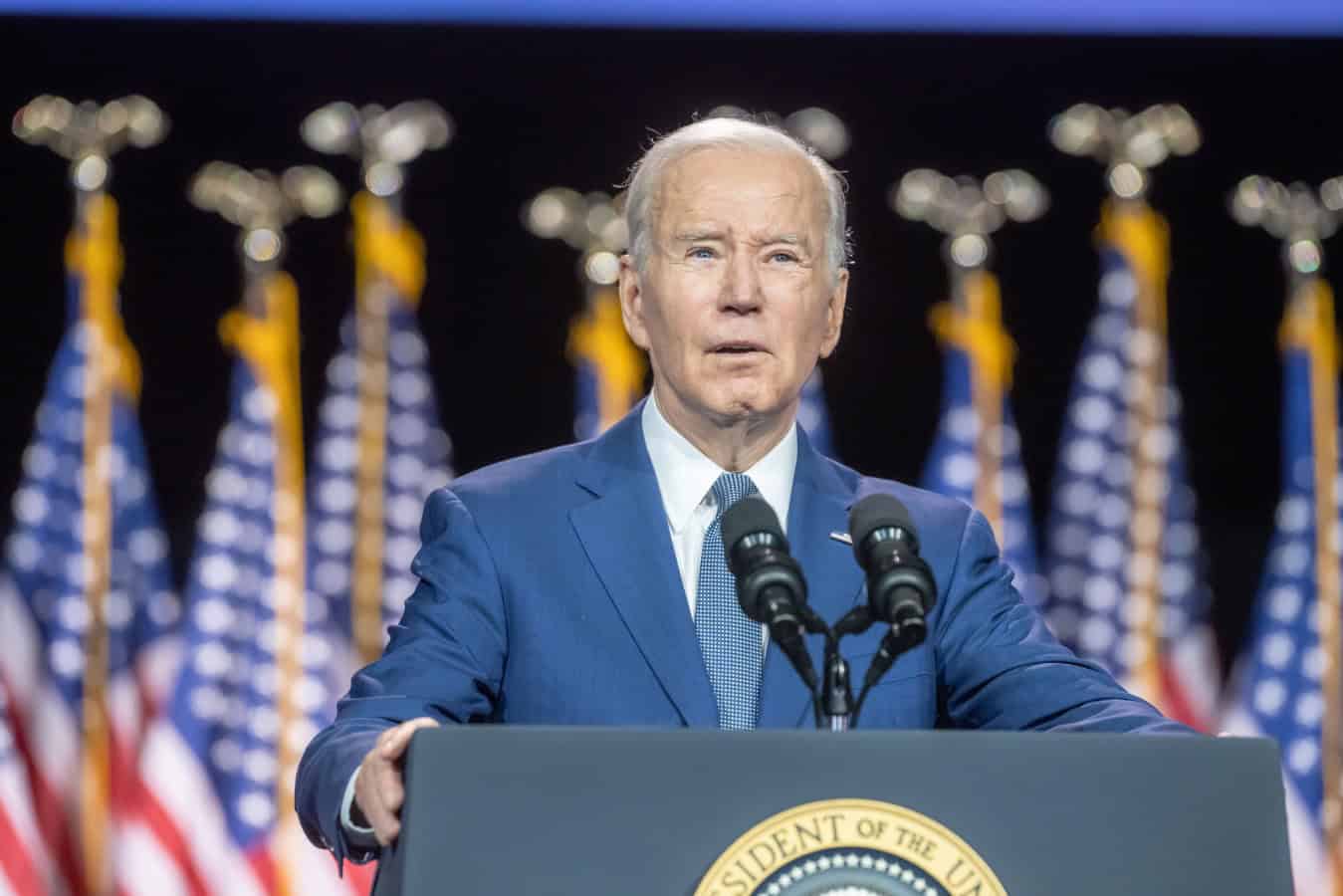
A few days ago, the Biden-Harris administration cancelled student loan debt under the Public Service Loan Forgiveness (PSLF) program.
The Public Service Loan Forgiveness (PSLF) program was setup for individuals working full-time for a government or nonprofit organization . If qualified, they could have the remaining balance of your Direct student loans forgiven after making 120 qualifying monthly payments.
The Biden administration’s overhaul of the Public Service Loan Forgiveness (PSLF) program has now provided relief to over 1 million Americans, a dramatic increase from the mere 7,000 borrowers approved before the changes.
In 2021, the Biden administration stepped in, declaring the program “broken” and temporarily waiving many of the restrictive rules.
Since then, the Department of Education has made these changes permanent, resulting in waves of loan forgiveness for public workers. With the latest 60,000 borrowers now approved, the program has wiped out $74 billion in debt.
Like Financial Freedom Countdown content? Be sure to follow us!

The Trustees of Social Security and Medicare unveiled their yearly financial forecasts for both programs, looking ahead over the next 75 years. The newly released projections for Social Security paint a grim picture of rapid progression towards insolvency in 10 years, underscoring the urgent need for trust fund remedies to avert widespread benefit reductions or sudden adjustments in taxes or benefits.
Social Security Projected to be Insolvent by 2035, Medicare by 2036
National Debt Exceeds Previous Projections, Signaling Troubling Times Ahead for the U.S. Economy as per CBO March report

The Congressional Budget Office (CBO) performs nonpartisan analysis for the U.S. Congress. The latest Budget and Economic Outlook released March 2024, offered dire projections for the country’s fiscal and economic landscape over the upcoming decades. Unfortunately the national debt is higher than initially anticipated and is projected to hit $141 trillion by 2054.
The 10 States Taxing Social Security in 2024 and the 2 That Just Stopped

While many bask in the belief that their golden years will be tax-friendly, residents in nine specific states are facing a reality check as their Social Security benefits come under the taxman’s purview. Conversely, a wave of relief is set to wash over two states, marking an end to their era of taxing these benefits. This shift paints a complex portrait of retirement planning across the U.S., underscoring the importance of staying informed of the ever changing tax laws. Are you residing in one of these states? It’s time to uncover the impact of these tax changes on your retirement strategy and possibly reconsider your locale choice for those serene post-work years. Here are the states taxing social security benefits.
The States Taxing Social Security in 2024 and the 2 That Just Stopped
Top 10 Cities Where Home Sellers Are Losing Big, With San Francisco Seeing 20% Take a Loss, Quadruple the National Average

In San Francisco, a significant number of home sellers are experiencing financial losses at levels not seen in over a decade. This uptick in losses can be attributed to home prices normalizing after a period of steep increases. Currently, nearly 20% of sellers in the city are selling their homes for less than their purchase price, with average losses around $155,500. In contrast, the national scene is less bleak, with only 4% of home sellers across the United States facing losses, as home prices generally continue to hover near peak levels. The typical loss for those unlucky few is about $40,000. Redfin conducted an analysis of the top 50 metros to narrow down the cities where the seller sold the home for less than they bought it for. Here are the top 10 cities where home sellers are facing losses
Retire Abroad and Still Collect Social Security? Avoid These 9 Countries Where It’s Not Possible

Dreaming of retiring to a sun-drenched beach or a quaint village? Many Americans envision spending their golden years abroad, savoring the delights of new cultures and landscapes. However, an essential part of this dream hinges on the financial stability provided by Social Security benefits. Before packing your bags and bidding farewell, it’s crucial to know that not all countries play by the same rules when it comes to collecting these benefits overseas. Here are the nine countries where your dream of retiring abroad could hit a snag, as Social Security benefits don’t cross every border. Avoid living in these countries so your retirement plans don’t get lost in translation.
Retire Abroad and Still Collect Social Security? Avoid These 9 Countries Where It’s Not Possible
Americans Are Teetering on the Edge of Financial Strain As 1 in 5 Users Is Maxed-Out

In its Quarterly Report on Household Debt and Credit for the first quarter of 2024, the New York Fed’s Center for Microeconomic Data highlighted a concerning trend: more borrowers are falling behind on credit card payments. 1 out of every 5 borrowers is maxed-out.
Americans Are Teetering on the Edge of Financial Strain As 1 in 5 Users Is Maxed-Out

John Dealbreuin came from a third world country to the US with only $1,000 not knowing anyone; guided by an immigrant dream. In 12 years, he achieved his retirement number.
He started Financial Freedom Countdown to help everyone think differently about their financial challenges and live their best lives. John resides in the San Francisco Bay Area enjoying nature trails and weight training.
Here are his recommended tools
M1 Finance: John compared M1 Finance against Vanguard, Schwab, Fidelity, Wealthfront and Betterment to find the perfect investment platform. He uses it due to very low minimums and fees, automated investment with automatic rebalancing. The pre-built asset allocations and fractional shares helps one get started right away.
Personal Capital: This is a free tool John uses to track his net worth on a regular basis and as a retirement planner. It also alerts him wrt hidden fees and has a budget tracker included.
Streitwise is available for accredited and non-accredited investors. They have one of the lowest fees and high “skin in the game,” with over $5M of capital invested by founders in the deals. It is also open to foreign/non-USA investor. Minimum investment is $5,000.
Platforms like Yieldstreet provide investment options in art, legal, structured notes, venture capital, etc. They also have fixed-income portfolios spread across multiple asset classes with a single investment with low minimums of $10,000.



